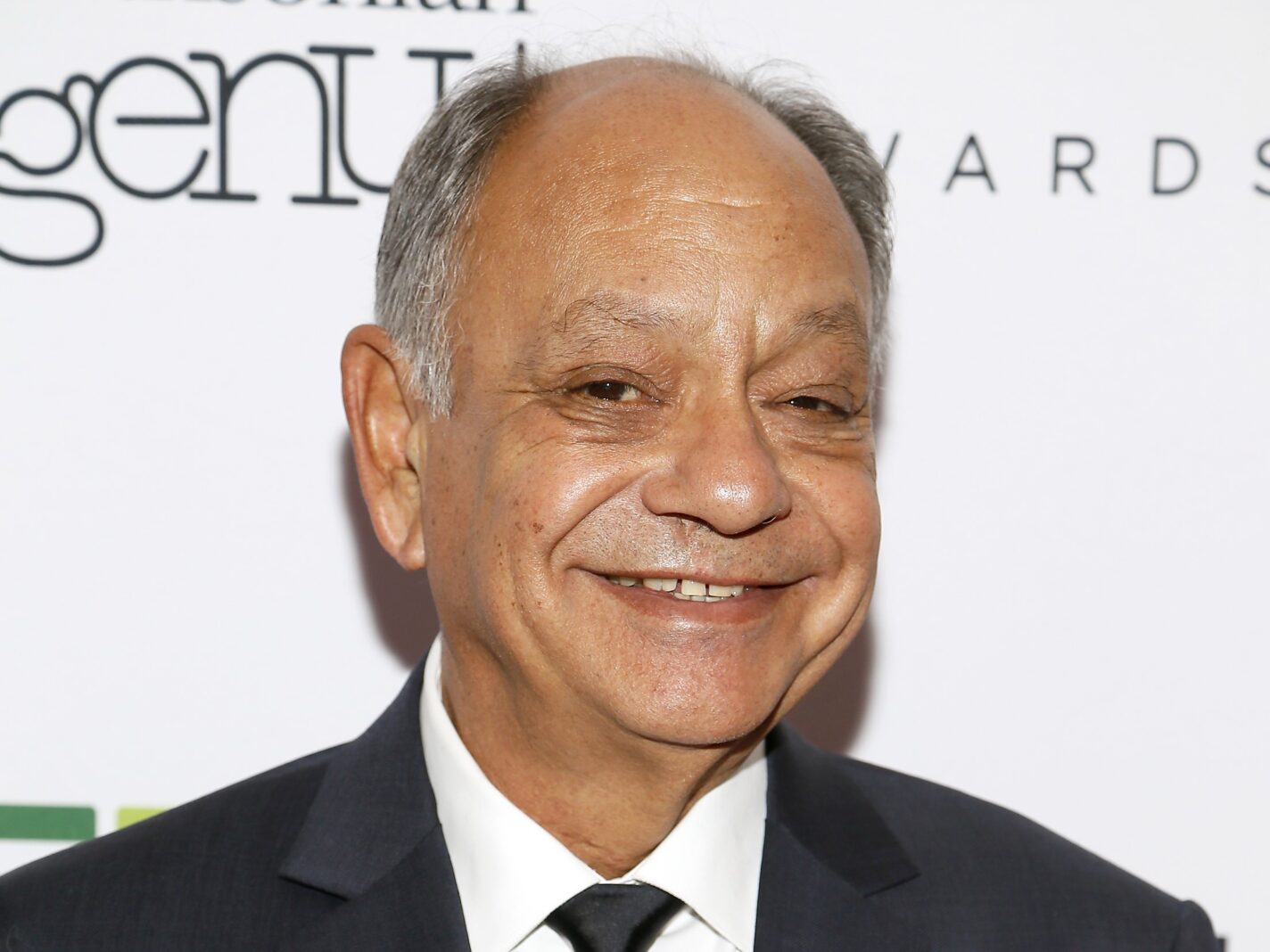The opening of the long-awaited Cheech Marin Center for Chicano Art and Culture is finally here. Nicknamed “The Cheech,” the center will house Marin’s private collection of Chicano art, which is said to be one of the largest in the world.
According to the Los Angeles Times, his collection includes more than 550 paintings, drawings, sculptures, and photographs. The pieces will be on a permanent rotation starting when the center opens on June 18 in Riverside, California. The first exhibition will include 100 artworks.
“You don’t have to be Chicano to love and appreciate this work,” Marin told the Times. “Just like I don’t have to be French to appreciate Impressionism or German to appreciate Expressionism. We recognize it as part of the conversation in the history of art. And now we are part of that conversation in a more concentrated effort than we’ve ever had before.”
The center, which has been under construction for the last five years, will be run by the Riverside Art Museum. Its operating costs of $1 million per year will be covered by the city under its 25-year contract with the center.
Marin said he started collecting Chicano-inspired art during the mid-1980s. Today, he has amassed enough Chicano art to keep a 61,420-square-foot, two-story center filled with new exhibits year-round. Some of the artists in his collection include Judithe Hernández, Patssi Valdez, Frank Romero, and Chaz Bojorquez, the “Godfather of Graffiti.”
“This is a new layer of cultural awareness of the people who actually live here, which hadn’t been done before,” Marin said. “This city was set up for this.”
